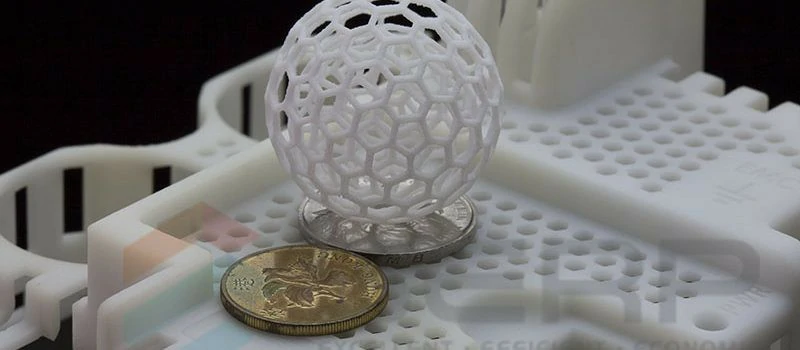UG Programming – CNC Aluminum Cutting General Parameter Table Sharing
Introduction:
CNC (Computer Numerical Control) aluminum cutting is a widely used machining process in various industries. With the help of UG programming, the CNC machines can efficiently cut aluminum to precise specifications. In this article, we will share a general parameter table for CNC aluminum cutting using UG programming.
1. Material Selection:
Aluminum alloys are commonly used due to their excellent properties such as lightweight, high strength, and corrosion resistance. The selection of the specific aluminum alloy depends on the requirements of the project. Some popular choices include 6061, 7075, and 2024.
2. Cutting Tool:
The choice of cutting tool plays a crucial role in CNC aluminum cutting. Generally, carbide or diamond-coated tools are preferred due to their high hardness and wear resistance. The diameter and geometry of the tool depend on the desired cutting operation, such as face milling, slotting, or contouring.
3. Spindle Speed:
The spindle speed determines how fast the cutting tool rotates during the machining process. It affects the cutting forces, tool life, and surface finish. The spindle speed for CNC aluminum cutting usually ranges from 5000 to 12000 RPM (revolutions per minute), depending on the tool diameter and material being cut.
4. Feed Rate:
The feed rate refers to the speed at which the cutting tool moves along the workpiece. It is essential to optimize the feed rate to achieve efficient material removal and prolong tool life. For CNC aluminum cutting, the recommended feed rates range from 1000 to 3000 mm/min (millimeters per minute), depending on the depth of cut and tool engagement.
5. Depth of Cut:
The depth of cut refers to the distance between the tool’s cutting edge and the workpiece surface. It determines the amount of material being removed in each pass. In CNC aluminum cutting, the depth of cut is typically around 0.5 to 3 mm, depending on the tool diameter and rigidity of the setup.
6. Coolant:
Coolant plays a vital role in CNC aluminum cutting to dissipate heat generated during the machining process. It helps to prolong tool life, improve surface finish, and prevent workpiece deformation. For aluminum cutting, water-soluble coolants or emulsions are commonly used, along with proper chip evacuation systems.
7. Tool Path Strategy:
UG programming allows for various tool path strategies to optimize the machining process. Common strategies for CNC aluminum cutting include contouring, pocketing, and facing. The selection of the tool path strategy depends on the desired surface finish, efficiency, and machining complexity.
Conclusion:
UG programming has revolutionized CNC aluminum cutting, allowing for precise and efficient manufacturing processes. By following the general parameter table mentioned above, manufacturers can achieve excellent results in terms of surface finish, accuracy, and productivity. However, it’s important to note that these parameters may vary based on specific machine capabilities, tooling, and material properties. Therefore, it’s always recommended to consult the machine manufacturer’s guidelines and perform trial cuts to fine-tune the parameters for optimal performance.
.webp)



